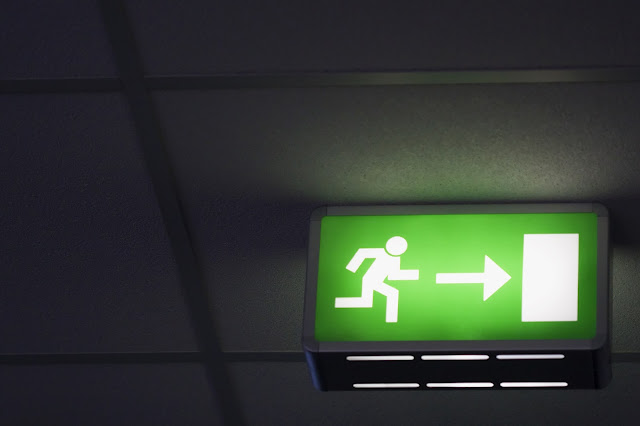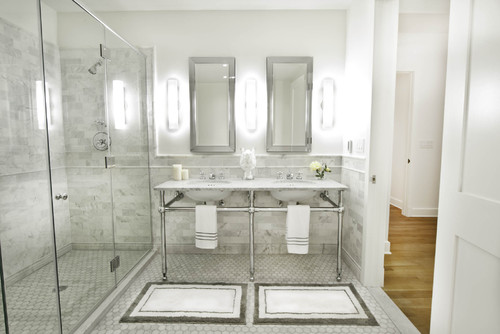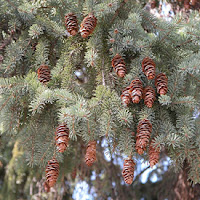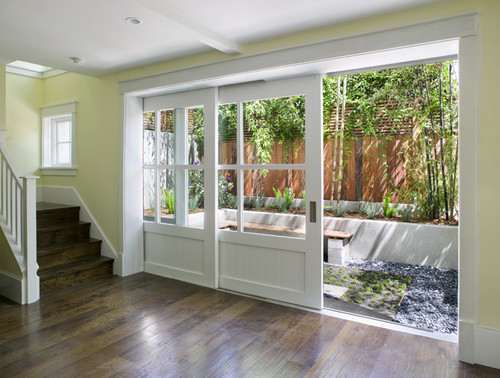Tips for holding a fire safety drill

Your kids may know the basics when it comes to fire safety, but do they know what to do in case of an actual fire in the home? If the answer is somewhere between "not reallly..." and "ummm..." read on so you can have a successful fire safety drill with the family.
 |
| (Image via: iStock) |
One fire drill doesn't cut it. Having regular fire drill and a solid evacuation plan allows your responses and behaviours to become automatic in case of an emergency. Most home fires start in the middle of the night and only allows minutes for evacuation while you and your family are tired, confused or scared.
It's important to make sure that during the drill proper fire safety awareness is part of the drill. Rather than just walking outside, practice real and different scenarios. Is the home filled with smoke? Teach the kids to crawl along the floor to safely escape and check door handles for heat before entering or exiting a room.
Tips For a Successful Fire Drill
- Be consistent with your expectations and performance. Don't be relaxed with one drill, and strict with another.
- Include people who visit the house regularly such as baby-sitters, neighbor's kids, extended family.
- Fire drills are for holidays too. Once the turkey is brining or Christmas tree goes up, have a drill that takes the new decorations into consideration.
- Have night time drills where family members must use flashlights to escape.
- Have fun, but take all drills seriously. Insist that all family members who are present participate.
- Getting out of the house is only the first step. Your fire drill should include meeting up outside the house at a predesignated place, like a landmark or structure a safe distance from the house.
- Practice fire drills where family members must escape from different rooms in the house including bedrooms, bathrooms, the kitchen and the living room.
- Hold drills at all times of the day and night. Fire strikes anytime, so practice at all times.
- If you have second-story windows, practice using a fire ladder. Deploy it and climb it.
- Children in your family should know how to deploy fire ladders, use a fire extinguisher and how to call 911.
- Appoint one person as "fire marshal." It's their job to trigger the alarm and time the exit, take turn being fire marshal so everyone knows how to take charge.
- Time your drills. Knowing how fast people are getting out will help you improve your plan.
- Keep records of every drill. In case of a fire, your insurance company will look favorably on this information.
- Make everyone participate. This builds teamwork and helps family/employees learn to depend on each other.
- Throw in unexpected blocks, like having a family member block an exit and shout, "I'm a fire!
- Go out another way!" or use a piece of cloth draped or pinned across an exit to represent fire or a blocked exit.
- Talk about the fire drill afterward and critique it. What went right, what went wrong. What could you do better next time.

































